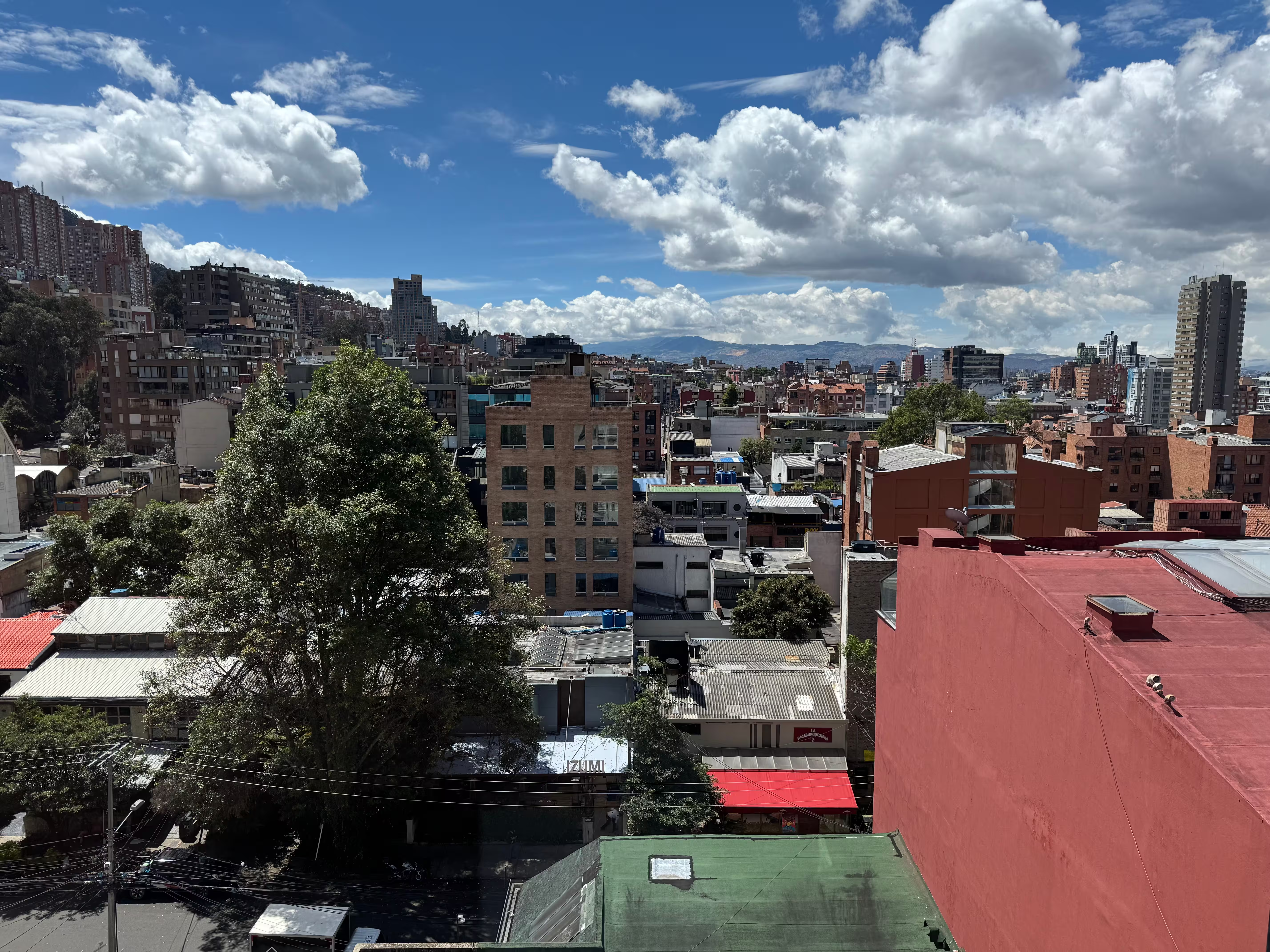Ziņa latviešu valodā zemāk
In January 2025, AS "SAF TEHNIKA" in collaboration with Riga Technical University began implementing a research project titled "Validation of Data-Driven Energy Efficiency Algorithms and Analysis of Data Transmission Quality in High-Density Sensor Networks."
The projects subject is improvement of energy efficiency management processes in buildings of various types and purposes, with special attention given to the secure acquisition, storage, and analysis of data, as well as the development of predictive models.
The main objective is to develop a universal algorithm that can optimize sensor placement and reduce the number of sensors - regardless of the building's type or use - without compromising the quality of decisions related to enhancing building energy efficiency. This research continues the development of sensor solutions and predictive models from a previous project, testing them in buildings at the Riga Technical University campus in Ķīpsala.
Key activities include research and experiments aimed at analyzing data loss between sensors and base stations, determining the optimal sensor density, and testing various radio communication solutions by comparing Aranet LoRa and mioty™ data transmission protocols. Additionally, a sensor placement method will be adapted and validated for different types of buildings, such as those in the RTU complex in Ķīpsala.
Expected outcomes include a potential reduction in the number of sensors while maintaining decision quality, reduced radiocommunication overload and interference, and improved reliability of data transmission, energy consumption, and communication range.
In the first months of the project implementation, a z-class sensor based on the mioty™ protocol has already been developed. This sensor measures air temperature, relative humidity, atmospheric pressure, and carbon dioxide (CO₂) concentration. Its main components include the enclosure, display, and PCB (printed circuit board).
A distinctive feature of the sensor is its specialized software, developed within the scope of the project, which complies with the ETSITS 103 357-2 standard. The prototype has successfully passed the mioty™ certification process organized by the mioty™ alliance.
.webp)
The project is implemented within the framework of the Latvian Recovery and Resilience Facility Plan under reform and investment direction 5.1.r "Increasing Productivity Through Greater Investment in R&D," reform 5.1.1.r "Innovation Governance and Incentivizing Private R&D Investment," and investment 5.1.1.2.i "Support Instrument for Innovation Cluster Development" - specifically, the project "Competence Centre for the Electrical and Optical Equipment Manufacturing Sector of Latvia" (Project No. 5.1.1.2.i.0/2/24/A/CFLA/006).

-----------------------------------
AS “SAF TEHNIKA” uzsāk jaunu pētniecības projektu sadarbībā ar Rīgas Tehnisko Universitāti
2025. gada janvārī AS “SAF TEHNIKA” sadarbībā ar Rīgas Tehnisko Universitāti uzsāka īstenot pētniecības projektu “Datos balstītu energoefektivitātes algoritmu validācija un datu pārraides kvalitātes analīze augsta blīvuma sensoru tīklos.”
Projekta pētījuma subjekts ir dažādu tipu, pielietojuma ēku energoefektivitātes pārvaldības procesu uzlabošana, īpaši pievēršoties drošai datu iegūšanai, uzkrāšanai un analīzei, kā arī prognozējošu modeļu attīstīšanai.
Galvenais uzdevums ir universāla algoritma izstrāde, kas spētu, neatkarīgi no ēkas pielietojuma, tipa, optimizēt sensoru izvietojumu un samazināt to skaitu, nesamazinot lēmumu kvalitāti, kas saistīti ar ēkas energoefektivitātes uzlabošanu. Pētījums turpina iepriekšējā projekta izstrādāto sensoru risinājumu un prognozējošo modeļu attīstību, testējot tos Rīgas Tehniskās universitātes ēkās, Ķīpsalas teritorijā.
Galvenās aktivitātes ietver izpēti un eksperimentus, lai analizētu datu zudumus starp sensoriem un bāzes stacijām, noteiktu optimālu sensoru blīvumu, kā arī pārbaudītu dažādus radio sakaru risinājumus, salīdzinot Aranet un mioty™ datu pārraides protokolus. Turklāt tiks pielāgota un validēta sensoru izvietojuma metode dažāda tipa ēkās, piemēram, RTU ēku kompleksā, Ķīpsalā.
Plānotie rezultāti ietver iespējamu sensoru skaita samazināšanu, vienlaikus saglabājot lēmumu kvalitāti, radio sakaru pārslodzes un traucējumu samazināšanu, kā arī uzlabotu datu pārraides uzticamību, enerģijas patēriņu un sakaru diapazonu.
Projekta īstenošanas pirmajos mēnešos jau ir izstrādāts mioty™ protokola z-klases sensors, kas mēra gaisa temperatūru, gaisa relatīvo mitrumu, atmosfēras spiedienu, kā arī ogļskābās gāzes (CO₂) koncentrāciju. Tā galvenie veidojošie komponenti ir korpuss, ekrāns, PCB plate. Raksturīgā īpatnība ir specifiska, ETSI TS 103 357-2 standartam atbilstoša programmatūra, kas izstrādāta projekta ietvaros. Produkta prototipam ir veiksmīgi veikts mioty™ alianses organizētais mioty™ sertifikācijas process.
.webp)
Projekts tiek īstenots Latvijas Atveseļošanas un noturības mehānisma plāna 5.1.r. reformu un investīciju virziena "Produktivitātes paaugstināšana caur investīciju apjoma palielināšanu P&A" 5.1.1.r. reformas "Inovāciju pārvaldība un privāto P&A investīciju motivācija" 5.1.1.2.i. investīcijas "Atbalsta instruments inovāciju klasteru attīstībai" projekta “Latvijas Elektrisko un optisko iekārtu ražošanas nozares kompetences centrs” ietvaros (Projekts Nr. 5.1.1.2.i.0/2/24/A/CFLA/006






























